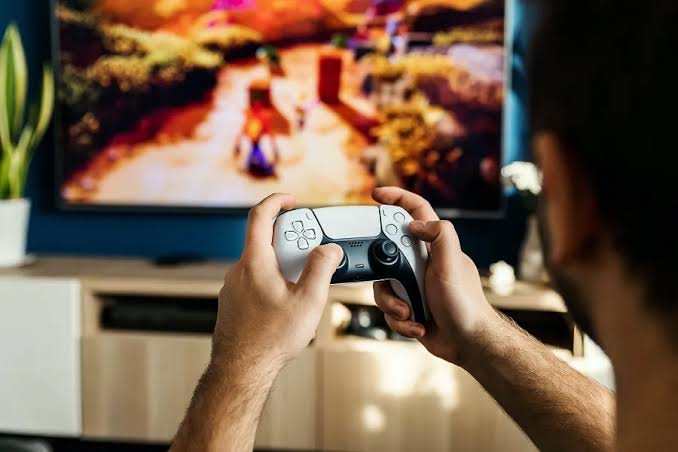The benefits of prevention include:
1. Promoting a balanced lifestyle: Encouraging a healthy balance between gaming, schoolwork, physical activity, and social interactions helps teenagers develop well-rounded lives.
2. Enhancing mental well-being: Excessive gaming can contribute to increased stress, anxiety, and even depression.
Prevention strategies aim to promote mental well-being by fostering diverse interests and activities.
3. Improving academic performance: By setting limits on gaming and encouraging a focus on academics, prevention efforts can lead to improved concentration, time management, and overall academic performance.
4. Strengthening social connections: Excessive gaming can lead to social isolation. Prevention strategies promote healthy social interactions, helping teenagers build and maintain meaningful relationships.
Strategies for Preventing Video Game Addiction
To prevent video game addiction in teenagers, it’s crucial to adopt a multi-faceted approach that combines education, setting limits, encouraging diverse interests, creating a supportive environment, and seeking professional help when needed.
Educating Teenagers and Parents
One of the fundamental pillars of prevention is education.
By raising awareness about the risks and signs of addiction, both teenagers and parents can make informed decisions regarding gaming habits.
Some key education strategies include:
– Raising awareness about the risks: Discuss the potential negative consequences of excessive gaming with teenagers, highlighting the importance of moderation.
–Encouraging responsible gaming habits: Teach teenagers about the importance of setting time limits, taking breaks, and balancing gaming with other activities.
–Providing information on healthy alternatives and hobbies: Introduce teenagers to a wide range of hobbies and interests outside of gaming, such as sports, arts, music, or volunteering.
Setting Limits and Boundaries
Establishing clear boundaries and limits around gaming is essential to prevent addiction. Here are some effective strategies:
–Establishing screen time rules and schedules: Set specific time limits for gaming and establish consistent daily schedules to ensure a healthy balance between gaming and other activities.
–Encouraging breaks and physical activity: Encourage teenagers to take regular breaks during gaming sessions, engaging in physical activities to promote overall well-being.
–Creating designated technology-free zones: Designate certain areas of the house, such as bedrooms or dining areas, as technology-free zones to encourage a break from screens and promote quality family time.
Encouraging Diverse Interests and Activities
Promoting a wide range of interests and activities can help teenagers develop a balanced lifestyle.
Here’s how you can foster diverse interests:
–Promoting participation in extracurricular activities: Encourage teenagers to engage in extracurricular activities such as sports teams, clubs, or community organizations to broaden their horizons and meet new people.
–Encouraging physical exercise and outdoor activities: Emphasize the importance of physical activity and outdoor exploration. Encourage teenagers to participate in sports, go for hikes, or engage in other outdoor adventures.
–Fostering creative outlets and hobbies: Encourage teenagers to pursue creative hobbies such as painting, writing, playing musical instruments, or learning new skills like cooking or coding.
Creating a Supportive Environment
Building a supportive environment is crucial for preventing video game addiction.








